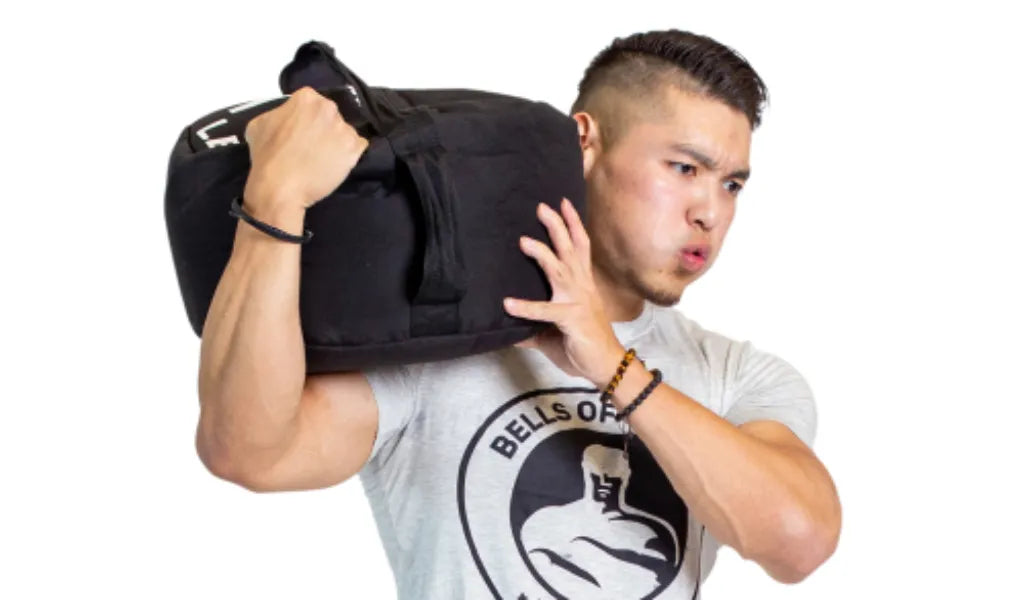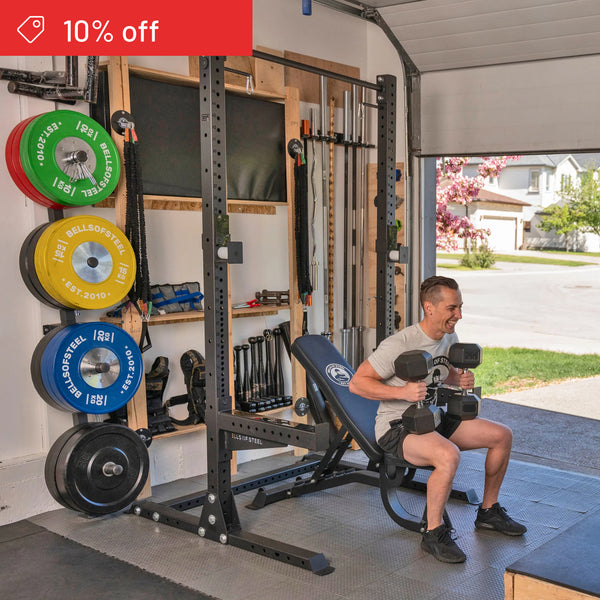Ah, the age-old question in the world of fitness: what’s the deal with functional training versus good old strength training? Let’s break it down like we’re at the gym water cooler, swapping tips between sets.
Understanding Functional Training
What is Functional Training?
Functional training aims to prepare you for real-life movements and activities. Think of it as training your body to perform better in everyday tasks, whether it’s lifting groceries, climbing stairs, or playing with your kids without feeling winded. It focuses on improving mobility, stability, balance, and coordination—all while engaging multiple muscle groups.
Where They Overlap
Functional training isn’t just about lifting weights; it often incorporates bodyweight exercises, stability balls, resistance bands, and even unconventional tools like kettlebells and sandbags. The key is to mimic movements you use in daily life or sports to build strength that translates outside the gym.
Pros and Cons
Pros: Enhances overall fitness, improves joint mobility and flexibility, reduces injury risk in daily activities, and keeps workouts dynamic and engaging.
Cons: Less focus on maximal strength gains compared to traditional strength training methods, may require more creativity in exercise selection, and can be challenging to quantify progress in terms of traditional metrics like weight lifted.
Understanding Strength Training
What is Strength Training?
Strength training, on the other hand, is all about building muscle strength and power. It involves lifting progressively heavier weights to challenge your muscles, leading to hypertrophy (muscle growth) and increased strength over time. Exercises often include compound movements like squats, deadlifts, bench presses, and overhead presses.
Where They Overlap
Strength training isn’t just about bulking up; it also enhances functional capabilities by improving muscle mass, bone density, and joint health. Many functional movements, like squatting or lifting objects overhead, rely heavily on strength developed through focused resistance training.
Pros and Cons
Pros: Builds muscle mass and strength, improves bone density and joint health, boosts metabolism, and provides measurable progress through increased weights lifted or more reps performed.
Cons: Can be intimidating for beginners, requires access to weights or gym equipment, and may emphasize muscle isolation over whole-body movements.
Do Cable Machines Have a Place in Functional Training?
Absolutely! Cable machines offer versatile resistance that mimics natural movements, making them ideal for functional training. They allow for dynamic, multi-directional exercises that engage stabilizer muscles and promote joint mobility. Whether it’s doing rows, presses, or rotational exercises, cable machines can enhance both functional and strength training routines.
The Functional Training Debate: How Different People Use the Term
Some folks swear by functional training as the key to functional fitness nirvana, while others see it as a buzzword for varied workouts. Truth is, the term can mean different things to different people—whether you’re rehabbing an injury, prepping for a Spartan race, or just trying to keep up with life’s demands.
FAQs About Functional vs. Strength Training
Q: Can you combine functional and strength training?
A: Absolutely! Many athletes and fitness enthusiasts blend elements of both to achieve a well-rounded fitness regimen. Think of strength training as the backbone and functional training as the spice that keeps things interesting and applicable to everyday life.
Q: Do you need equipment for functional training?
A: Not necessarily. While equipment like resistance bands, stability balls, and kettlebells are common, functional training can also be done using bodyweight exercises and everyday movements.
Q: Is functional training better than strength training for weight loss?
A: Both can contribute to weight loss by increasing calorie burn and muscle mass. The best approach depends on your goals and preferences—find what works best for you and keeps you motivated to stay consistent.
Conclusion: Balancing Functional and Strength
So, there you have it—functional training and strength training, two sides of the fitness coin that can complement each other like peanut butter and jelly (or kale and quinoa, if that’s more your jam fiber). Whether you’re lifting for gains or training for life’s adventures, finding the right balance is key to building a stronger, more functional you.



